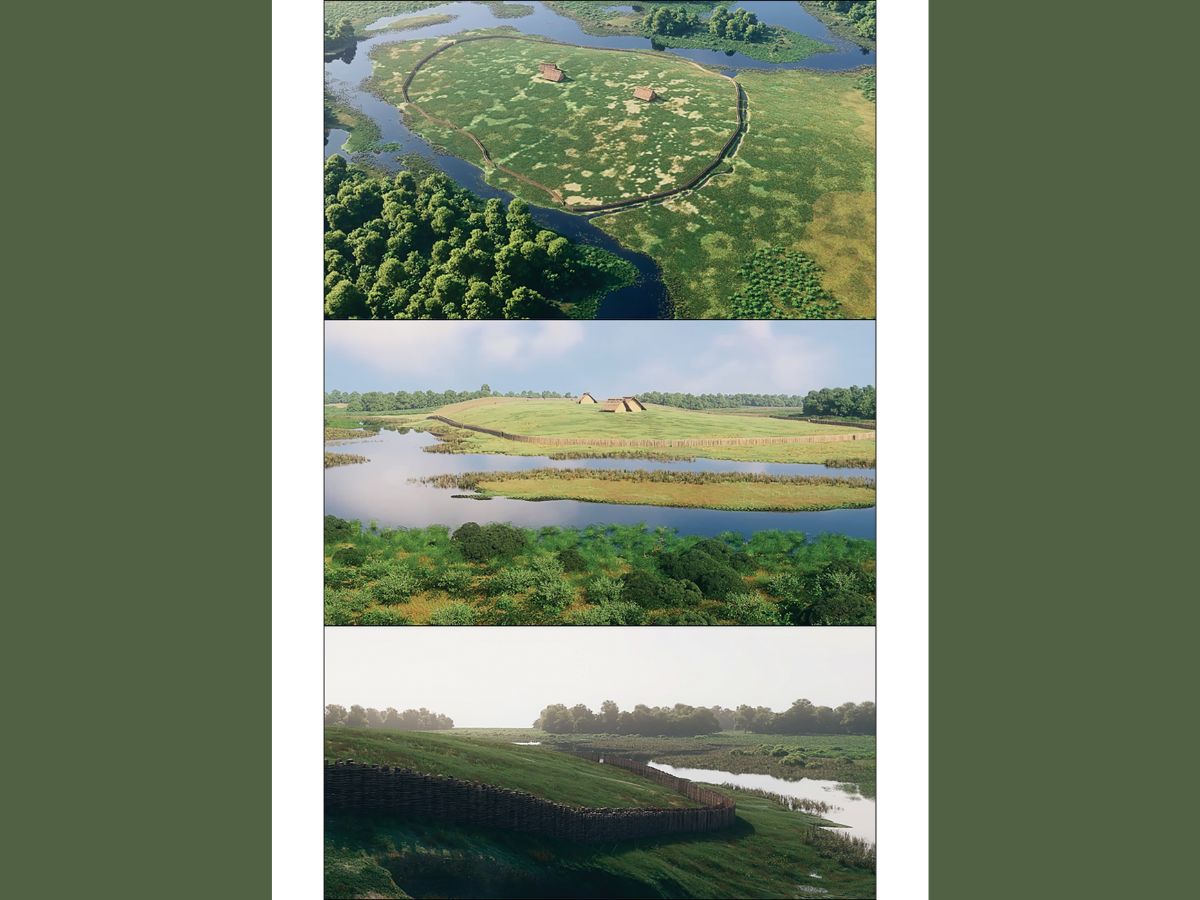Archaeologists Discover Homes Of The Builders Of Europe's First Monuments Made 6,400 Years Ago
Researchers found at least three homes, each around 13 metres long, clustered together near the top of a small hill enclosed by the palisade. This is the first home of the Neolithic monument makers.

Archaeologists in France have discovered one of the first homes of the prehistoric builders of some of Europe's earliest monumental stone structures, according to a new study published in the journal Antiquity. People in west-central France built many impressive megalithic monuments such as barrows and dolmens during the Neolithic Period or the New Stone Age, which occurred from 10,000 BC to 2,200 BC. Barrows were mounds of earth and stone of various shapes and sizes, and dolmens were monuments made up of two or more upright stones with a single stone lying across them.
For more than a century, archaeologists have been searching for the homes of the builders of these monuments.
Dr Vincent Ard from the French National Center for Scientific Research, along with a team of researchers, has identified the first known residential site belonging to some of Europe's first megalithic builders.
The first home of Neolithic monument makers
The researchers focused on west-central France, one of the earliest centres of megalithic building in Atlantic Europe.
The site, called the Leu enclosure, was discovered in 2011, during an aerial survey. Since then, the region has been the subject of intense research. The new study revealed a palisade, or a fence of stakes, encircling several timber buildings built during the fifth millennium BC, or 5,000 BC to 4,001 BC.
This is the first residential site contemporary with the Neolithic monument makers, and the buildings are the oldest wooden structures in France's Charente department. The researchers found at least three homes, each around 13 metres long, clustered together near the top of a small hill enclosed by the palisade.
The nearby Tusson megalithic cemetery is visible from the hill. When the researchers conducted radiocarbon dating, they found that the monuments are contemporary with the Le Peu enclosure, suggesting that the two sites are linked.

The people of Le Peu not only built monuments to the dead, but also invested a lot of time and effort in protecting the living. When the archaeologists analysed the paleosol or ancient soil recovered from the site, they found that it was located on a promontory bordered by a marsh. A promontory is a high point of land or rock projecting into a body of water. A ditch palisade wall which extended around the site enhanced the natural defences.
The Le Peu enclosure is defined by a ditch with two 'crab claw' entrances and a double timber palisade flanked by two timber structures, which were possibly defensive bastions. According to the study, the impressive defences might have proved insufficient because all the buildings at Le Peu appear to have been burnt down around 4,400 BC. However, the destruction also helped preserve the site.
Related Video
Southern Rising Summit 2024: How Important is Self-Awareness? Insights from Anu Aacharya | ABP LIVE






































